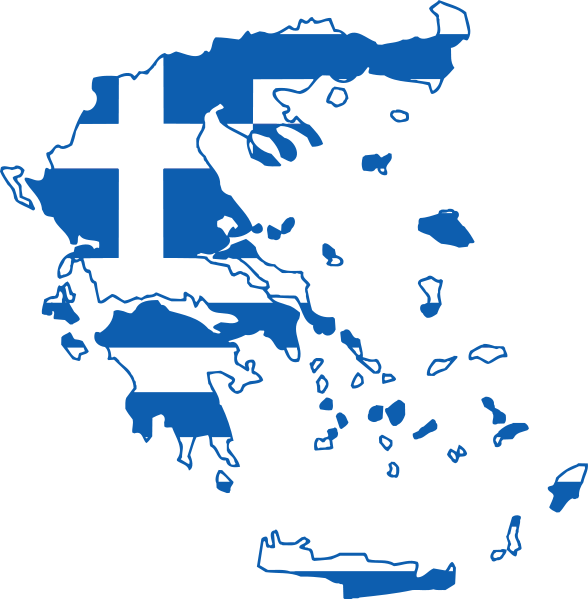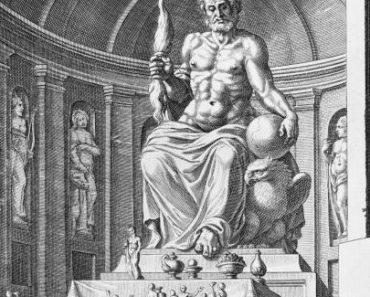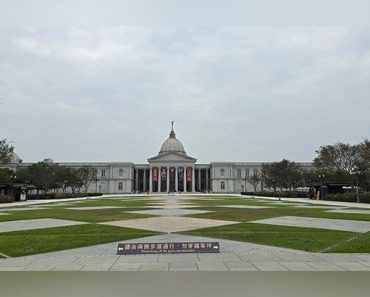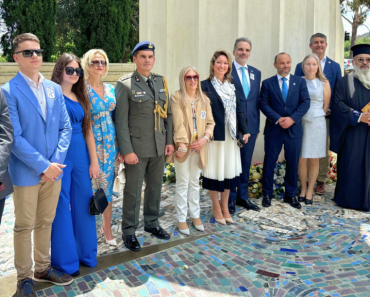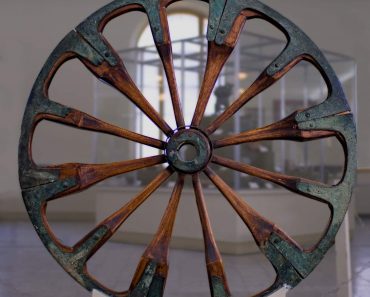Along the around 10 kilometers of the line, marked by 13 stations that will serve hundreds of thousands of passengers, final preparations are underway to ensure everything is ready for the opening.
A major milestone hinting at this transformation was reached on October 12, when Greek Transport Minister Christos Staikouras attended the opening ceremony of Milan’s M4 line, also built by the Webuild Group, which constructed Thessaloniki’s metro. Thessaloniki’s metro shares a deep connection with both Milan’s M4 and Rome’s Line C, which is currently adding the Venice Station, set to be one of the world’s most impressive “archaeo-stations.”
The engineering challenge was twofold: working within the city’s most populated and congested area, while ensuring preservation of the archaeological finds beneath. Tunnel construction, performed by two TBMs, was accompanied by Thessaloniki‘s most extensive archaeological excavations to date, spanning 30,000 square meters and revealing numerous marble slabs from the famous Roman road, the Decumanus Maximus.
On average, all metro tunnels were built 20 meters deep, ensuring protection for the valuable artifacts closer to the surface. Some stations were redesigned during construction to preserve discoveries in their original location. For instance, Demokratias Station was shifted by 10 meters to better conserve a Byzantine-era wall uncovered during the excavation. This project, therefore, faced a dual challenge: minimizing disruption in Thessaloniki‘s busiest districts while also preserving the archaeological treasures.
Engineers and archaeologists worked side by side, developing innovative solutions to minimize the impact of the digging machines while allowing researchers full access to study and catalog the underground artifacts. Among the findings are not only the Decumanus Maximus, recovered in the area near where the Aghia Sofia station was built, but also ancient Thessaloniki drainage channels, Christian-era buildings, and a Byzantine market with shops and small artifacts.
